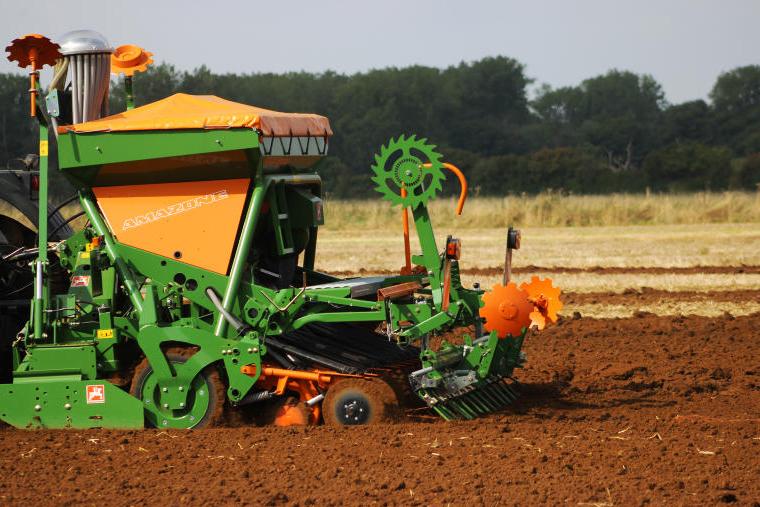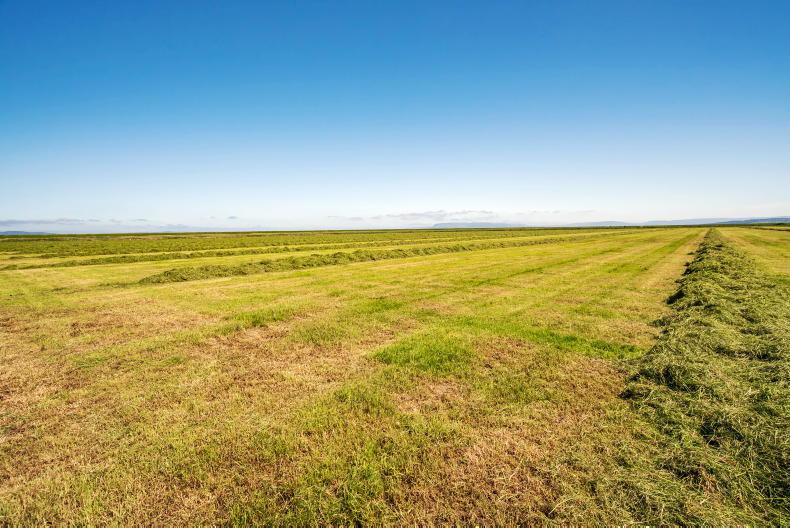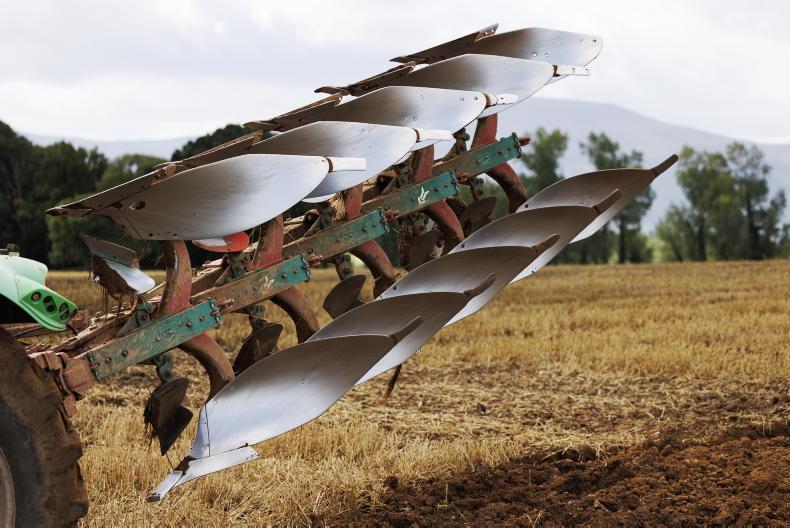Wet dominates: Recent rain across the country has brought all field work to a definite halt (tillage areas may have got away lighter), but temperatures remain relatively mild and this brings unseasonal challenges. Take a look around in case there are problems afoot. While there is little you can do, be prepared if an opportunity arises.
Slugs remain a threat because they have all the wet they need and it is difficult to get out with pellets. And the mild conditions speed their feeding activity. Rabbits will continue to be a problem where damage is taking place already. Hopefully, crow damage has ended, but pigeon damage could increase in winter rape if temperatures drop.
The biggest uncertainty has to be aphids and BYDV – uncertainty because we just don’t know. The generally mild winter could enable aphids to multiply, especially in sheltered locations. While spraying cannot be advised, you do need to keep an eye on crops where aphids are more likely to present a higher risk. Walk crops during sunshine – it is easier to pick up the shadow of the insect on the leaves.
Pigeons on rape: Pigeons have been at some winter oilseed rape crops for some time, but more backward crops and patches are at greater risk. Try to prevent grazing of patches as this will lead to non-uniform crops and subsequent management difficulties. If they attack a full crop, it is much more difficult to move them on, but there is no definite yield penalty from pigeon grazing. These crops will need more nitrogen in spring to drive canopy growth.
Plan to profit: The strengthening euro has hit grain prices in recent weeks. This should reinforce the challenge of trying to get crops to leave money in 2016 and especially challenge the sensibility of poor conacre. Good land always has a chance of paying for itself, but poor land can seldom pay if you do the sums properly. Even if we have a big inclement weather event in 2016, it may not give rise to a price hike because of the apparently high carryover stocks. Price may be no better than in 2015, but yields could be considerably lower.
Have you sorted out your crop diversification and ecological focus area (EFA) requirements for 2016? This should be planned rather than having to react at the final stages of planting. For these reasons, planning must involve crop budgets, machinery replacement and land use for the years ahead. Are you considering leaving poor areas of fields idle due to poor price prospects? Fallow parcels can provide your EFA.
Longer term, can you look towards block-cropping of farms or fields to help husbandry and machine efficiency? Road travel is both time consuming and expensive.
ITLUS US farm internship: For anyone interested in applying for this internship, the application form and details are now available on the ITLUS and UAS websites.










SHARING OPTIONS